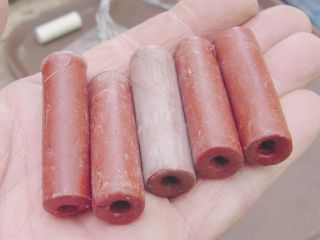
Caseless, nozzleless, self-stabilized rockets.
 |
Spinburner: The Naked Grain Caseless, nozzleless, self-stabilized rockets. |
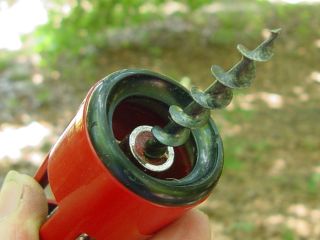
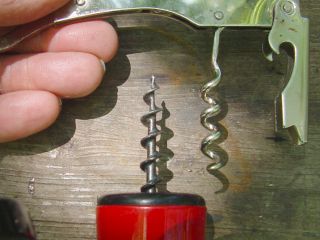 |
Let's use the one in mid-picture. It is a spike with
wide flangey threads. I am NOT using the one I'm holding, not
until dinnertime. |
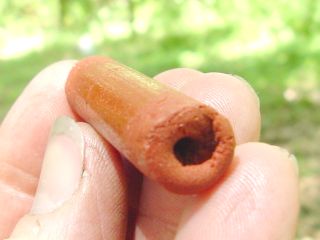

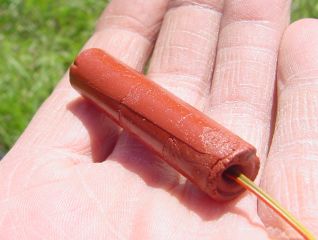
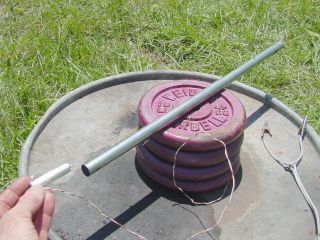
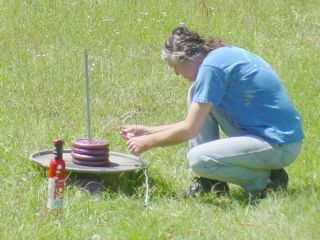
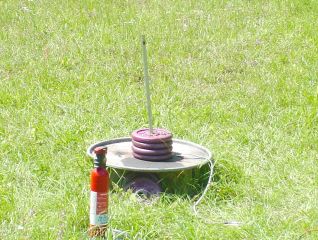
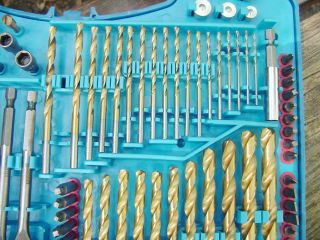
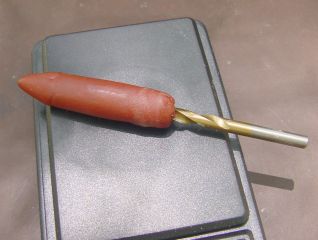

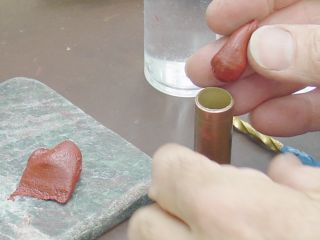
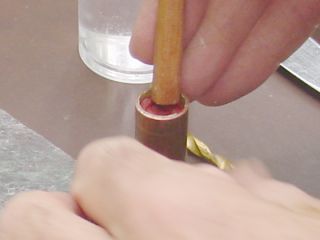
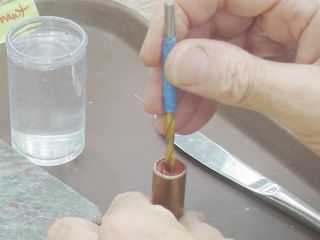
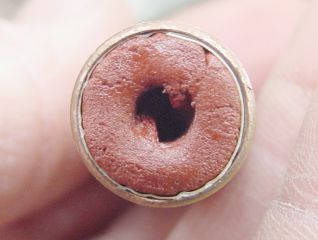 |
Here is a good one. A well-centered core with a 'bow tie' profile. This one is molded in a 2-inch section of 1/2 inch copper pipe. It sure absorbs heat well! I have to wear a glove to hold it when packing the propellant. These make a tight fit in the coppper tubing and do not launch well from it. Instead, I use 1/2 inch EMT, which is a little larger ID. |
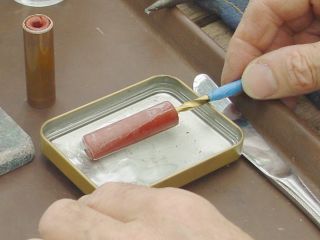 |
To help them stay dry in this humid climate, I dip the grains in melted
paraffin. Being careful to keep the wax out of the core... that
might make for poor ignition. The wax should also help lubricate the grain as it passes through the launch tube. At least that's the theory. |
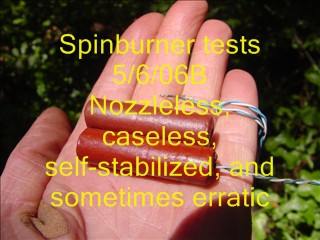 |
Movies of drill-bit-core flights. Click here for a few pretty flights (7 meg .wmv file, 1 minute of video) Click here for a longer movie with some successes, some marginals, and a few clear failures (10 meg .wmv file, 2 minutes of video) |